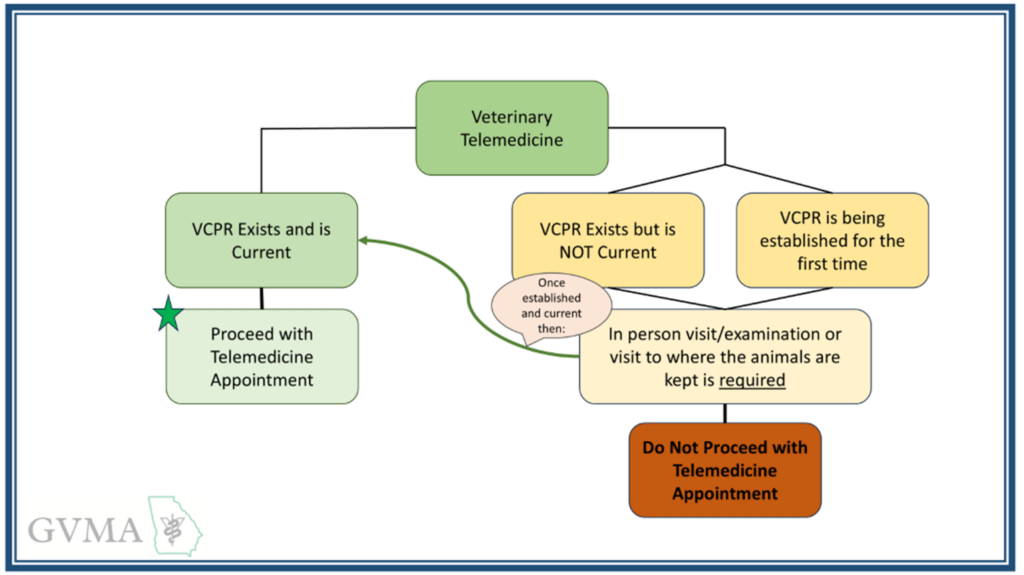Written by Dr. Keri Riddick, GVMA Executive Director
An important aspect of veterinary care that is gaining significant momentum is telemedicine. Beyond phone calls and emails, are you currently utilizing telemedicine as a complement to the care you provide your patients? It is essential to recognize that telemedicine is not a replacement for in-person, hands-on veterinary care; rather, it serves as a valuable complement.
For instance, I want to share a personal experience with my family’s beloved dog, Ogie. Weighing over 90 pounds, Ogie was an excellent traveler in his younger years. However, as he aged, traveling became increasingly challenging and stressful for him. He would often pant excessively after trips, develop stress colitis, refuse to eat for a day or more, and take about 48 hours to recover. As a veterinarian, I didn’t necessarily need a telemedicine appointment, but if I were to put on my client hat, having the option for a telemedicine consultation throughout the year for questions and minor exams would have been invaluable.
When in practice, I often received inquiries from clients about their pets’ responses to medications. Ogie, for example, was particularly sensitive to medications with sedative or analgesic effects. After receiving 300mg of Gabapentin, he would display a distinct look in his eyes and would no longer want to walk, instead splaying his legs out on surfaces where he could gain no traction. The effects lasted almost 24 hours. While I could identify what was happening as his veterinarian, imagine how much more beneficial it would be for a client to have access to a telemedicine appointment rather than having to load their large pet into a car for a visit.
If your practice has been hesitant about adopting telemedicine, I encourage you to consider how it could be integrated into your specific practice, team culture, and client needs. Each practitioner and hospital should take the time to assess their comfort level and willingness to address various needs that can be managed through telemedicine. Some considerations might include:
- Post-Operative rechecks
- Management of chronic diseases
- Preventative care refills
- Minor concerns
- Enhancing data collection and updates through integration of wearable technology
- Palliative/hospice care appointments
Additionally, it is important to develop a protocol for instances when a telemedicine appointment does not suffice, and an in-person visit is necessary.
As telemedicine is another tool in your toolbox, it is important to understand where it falls under the existing Veterinary Practice Act and the GA State Board of Veterinary Medicine Rules. The following diagram can be used to know when telemedicine is appropriate and when it is not appropriate.

Thank you for considering the potential of telemedicine in enhancing the care you provide to your patients. Please share your thoughts on this subject in this short survey.